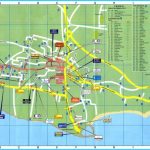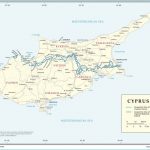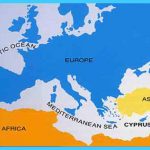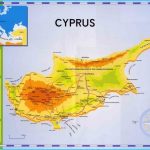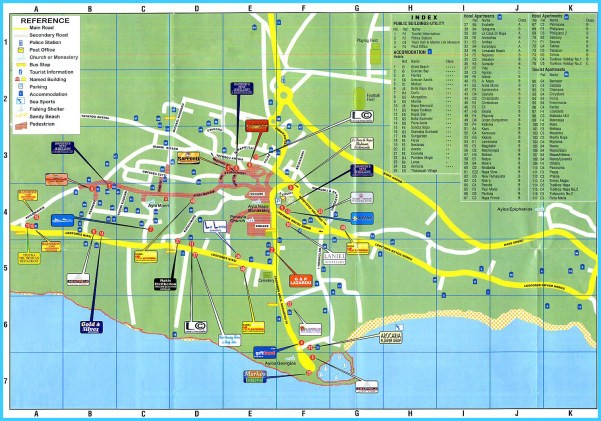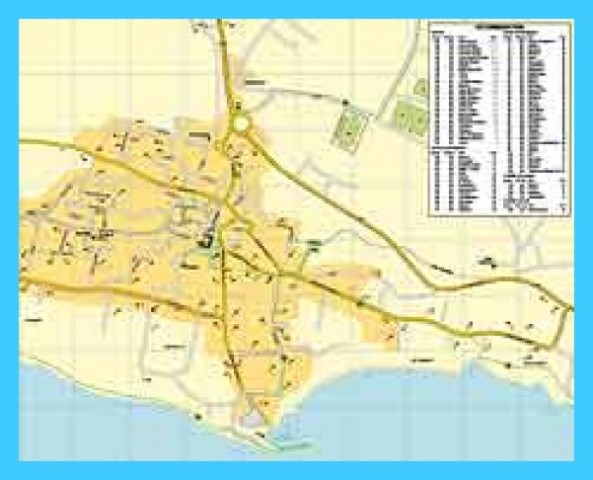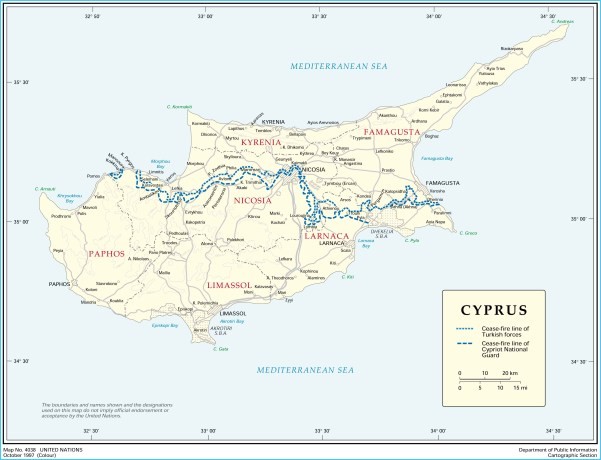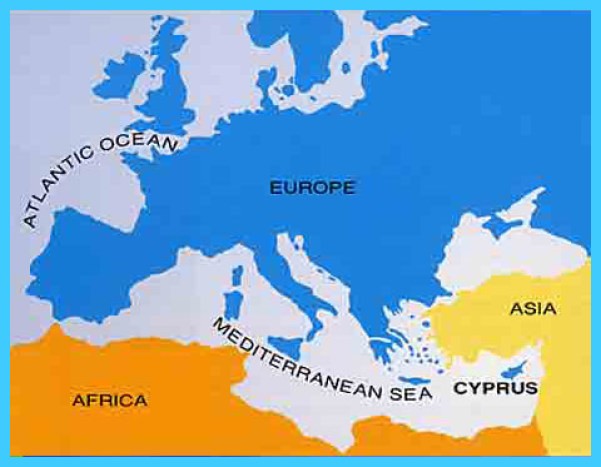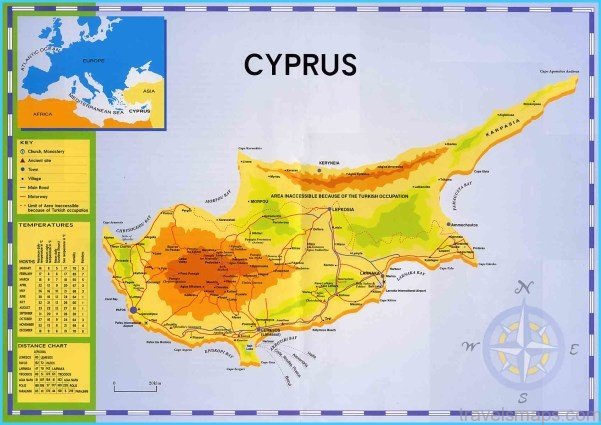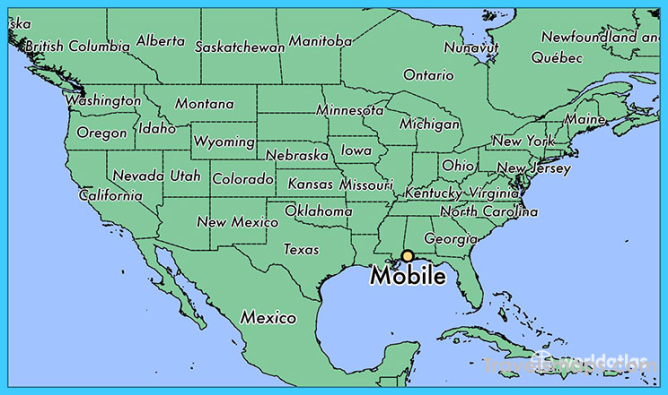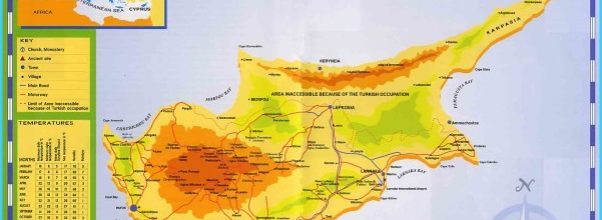
Traditional shepherd at Mari
The agricultural activities of the residents probably extended along the alluvial valley of the river, as well as along the flats on either bank. Agriculture, animal raising and hunting were probably the main, if not the only, activities of the communities. Upon a close examination of the settlement, one notices a sizeable number of circular mud- or stone-built structures. To the west of the settlement, the structures are quite big and complex in shape, while those in the eastern part are built with mud plinths and feature windows, entranceways, benches, platforms and even posts which probably supported the roof. Some of the questions surrounding the settlement are whether the structures possessed a second storey or if the ceiling was domed or flat, even though a domed ceiling would have been much more practical in a circular domicile. Another feature which has not yet been ascertained is whether the stone-built and mud-built structures can be identified with the different social strata of the settlement. Furthermore, the settlement was surrounded by high walls and a deep moat, features which point to the security sought by these first, 7th millenium B.C., residents of the area. It is estimated that about 250 persons lived at Tenta, in relatively crowded conditions. Tenta is an example of a compact rural settlement, whose features prevail, to this date, in the rural areas of Cyprus, where compact settlements predominate. Archaeological studies have revealed that the dead were buried underneath the floor and outside the residences, a custom somewhat different to that encountered at Choirokoitia.
FAMAGUSTA (Free part)
Gathering potatoes
Famagusta district lies in the eastern part of Cyprus, comprising nine settlements in the free part of Cyprus, the rest lying in the occupied part of the island. Within this part of Famagusta district lies a major tourist center, namely Agia Napa-Protaras, attracting nearly one quarter of the island’s tourists. The total population of the nine settlements, two of which refugee, established after the tragic events of 1974, is 46.629. The settlements are relatively dense with an average number of 5.181 persons per settlement. The capital of the district is currently Paralimni with a population of 14.963, followed by other large settlements like Deryneia (5.844), Avgorou (4.604), Sotira (5.474), Liopetri (4.591), Frenaros (4.298), Agia Napa (3.212), Vrysoules (Agios Georgios Acheritou) (1.566) and Dasaki Achnas (2.087).
The free part of Famagusta, known by the name of Kokkinochoria (Red villages), is an area where agriculture, industry and tourist co-exist. The main agricultural product is potato. Apart from the numerous boreholes drilled in the area, as well as the use of windmill which is a very conspicuous feature in the landscape of Paralimni, irrigation has recently been improved by the Southern Conveyor Project, conveying water to the area from other districts of Cyprus. Achna dam is part of the overall project, aiming at supplying water during the peak irrigation demand in spring time. Industry developed as a subsequence of the Turkish occupation and the resulting isolation from traditional industrial centers. An industrial area was established at Frenaros, while industrial zones were set up in Paralimni, Deryneia, Frenaros, Sotira and Avgorou. However, agriculture and industry were soon overshadowed, though not obliterated by tourism. As it is well known, the tourist area of Agia Napa-Protaras has aquired an international reputation.
Beach map Ayia napa | All beaches at a glance
AGIA NAPA, THE INTERNATIONAL TOURIST CENTER.
Agia Napa, before 1970, was a small village not as rich agriculturally as the rest of the Kokkinochoria villages. Immediately after 1972, one after the other, numerous hotels and hotel apartments appeared. Today Agia Napa, a municipality, with its fine-grained, white sandy beaches, is the center of an international tourist area. Even at present new luxurious hotels are being built on the rocks and the gentle slopes of its terrain, transforming radically its appearance. Agia Napa is not young in age, nor even a settlement dating back to the medieval period. Agia Napa, featured profusely in Venetian maps and as mentioned by Leontios Machairas, Mas Latrie and Florio Bustron, appears to have been known before the advent of the Venetians in Cyprus, during which time the monastery was built. The information imparted by Cesnola, that the monastery was possibly built during the Lusignan period, the large expanses of the aqueduct which conveyed water to the monastery, possibly of Roman origin, the ruins of an old settlement near Agia Napa known as “Katalyma”, the Corinthian capitals unearthed in this old settlement, identical capitals still to be found in the courtyard of the monastery, etc., seem to give testimony to the fact that Agia Napa was inhabited as far back as ancient times or that it was an outgrowth of another ancient settlement in the surrounding area.
Fishing shelter of Agia Napa
The most interesting sites in Agia Napa are:
The little harbour. It is in essence a fishing shelter. All life in the past was focused around the shelter which has now been extended, improved and slightly altered. Its branches from local limestone, the colourful boats, the fish taverns and its restaurants all still constitute an impressive picture.
Nissi Beach. The small isle from which evidently the beach obtained its name constitutes a challenge for exploration. Currents and waves exploit the weaknesses of the rock and continuously undermine it.
Ayia Napa – Road Map of Cyprus Photo Gallery
Ayia Napa Square Map
They wear away the isle and the little points but simultaneously add to the width of the beach, setting up even a wall. It is this little wall, which connects the beach with the isle, (known as tombolo) that constitutes the peculiarity of the area.
Caves and arches. The rock formations, right next to the white sands of the beach, are very interesting. It is perhaps here, particularly to the east of Agia Napa, that you can come across the largest caves and grandest coastal archways of Cyprus, right next to the sheer cliffs.
Agia Napa Monastery. Undoubtedly, the monastery of Agia Napa is the most imposing cultural monument and the most interesting site of the settlement. The coat of arms over the main entrance and other details are indicative of the Venetian architectural character of the monastery. According to local tradition, however, its
Fountain within the monastery complex founding is based on the location of a cave which today forms the Orthodox chapel of the monastery. It was here that the icon of the Virgin Mary was discovered and the cave turned into a site of worship for the locals. At some later stage, this became known to the daughter of a noble Venetian family living in Famagusta. The maiden, distressed that her parents would not give their consent to her marriage to a commoner, abandoned her home and found retreat at this very place where she built a chapel, monastic cells, a flour mill and an olive press. Initially the monastery was inhabited by nuns and the chapel, as expected, was of a Roman Catholic order. Today, the edifice, symbol of the Roman Catholic denomination of the Venetian conquerors of the area, is next to the cave housing the Greek Orthodox chapel. The visitor to the Roman Catholic church can discern worn frescoes. Another interesting feature within the confines of the monastery is the aqueduct, used to convey water from the north-east of the village. An outlet in the shape of a boar’s head, found in the north side of the courtyard, may even date back to the Roman times. The most interesting feature of the courtyard, however, is the fountain, which includes an octagonal basin adorned with sculpured figures in bas-relief. One notices the facsimile of the monastery’s founder, that of her father with beard and crown, her mother, and on the fourth side a lion in pursuit of a deer. Apart from the attractive paving and beautiful patches of greenery in front of the monastery, one can still see, on the western side of the monastery, two mulberry trees which, tradition has it, were planted by the founder around 1500 A.D. Next to these peculiar trees a cistern is always full of water. A plaque next to one of the sycamore trees, commemorates the Greek Nobel-laureate, George Seferis, who wrote about Agia Napa in his poems. It is here that the poet penned the well-known “strange, here I see the light of the sun” and “beneath the old sycamore tree/the wind played crazily/with the birds and the boughs/and paid us no heed”. The original cells of the monastery, arched and colonnaded, have been restored and today they house a Conference Center. Several seminars and international forums have been held in the monastery , which now serves and reinforces the work of churches in Cyprus and the Middle East as well as those in other areas of the world.
Maybe You Like Them Too
- The Best Places To Visit In North America For Christmas
- Faro Travel Guide: Map of Faro
- Mumbai Travel Guide For Tourists: Map Of Mumbai
- Travel to Budapest
- Thailand Travel Guide for Tourists: The Ultimate Thailand Map


